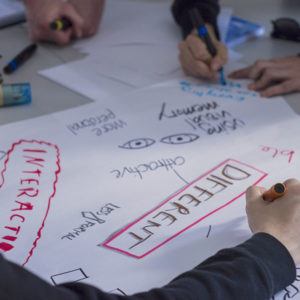As students pursue solutions to a driving question, it is important that they share their work along the way. Gathering feedback from peers, teachers, and other adults provides new and varying perspectives that may reveal unique insights, spot a big issue early on, or open up an overlooked opportunity. Giving and receiving feedback tends to be a prickly situation for many students because it is not a common practice in traditional classrooms; therefore we recommend detailing and modeling productive feedback–particularly feedback that is kind, specific, and helpful. Fortunately there are a wide variety of strategies that encourage a safe space for providing balanced critique of a student’s work.
-

PBL: Feedback & Revision Overview
An introductory slide deck on Feedback and Revision, which includes sample strategies.
Resource -
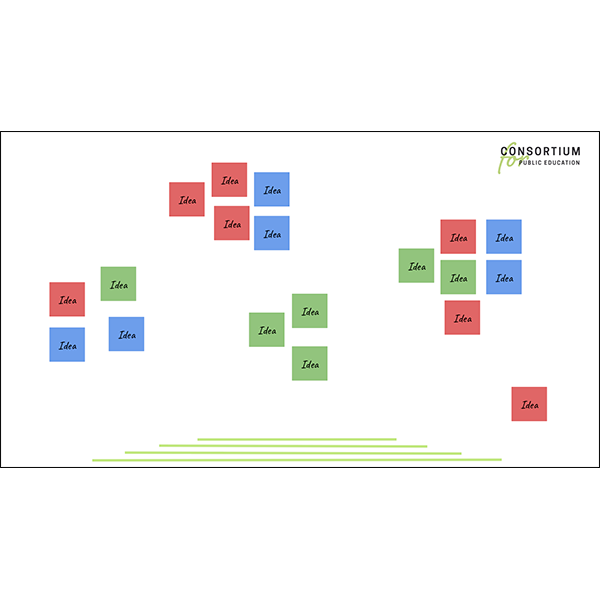
PBL: Rose, Thorn, Bud
A design method for giving and receiving balanced feedback.
Resource -

PBL: The Thinking Hats
A design method with five different lenses for feedback or reflection.
Resource -
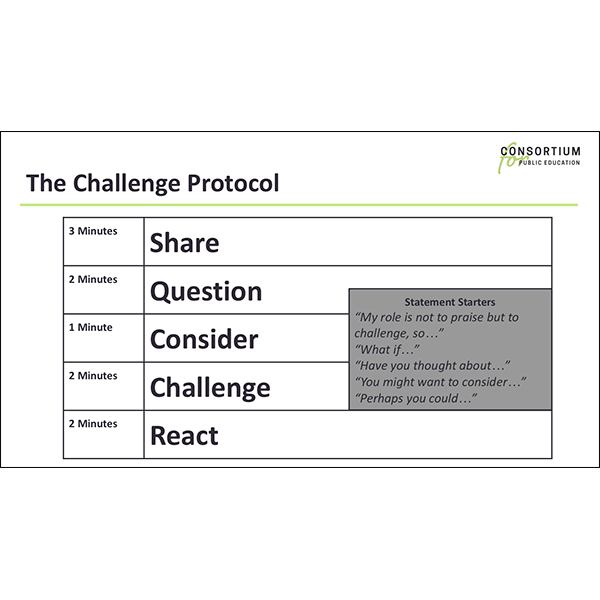
PBL: Challenge Protocol
A timed feedback protocol for small groups.
Resource -
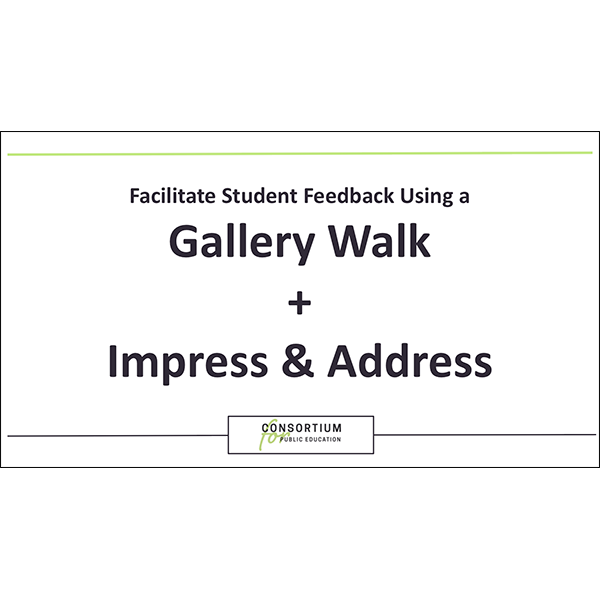
PBL: Gallery Walk + Impress & Address
A slide deck detailing two protocols for gathering anonymous feedback.
Resource -
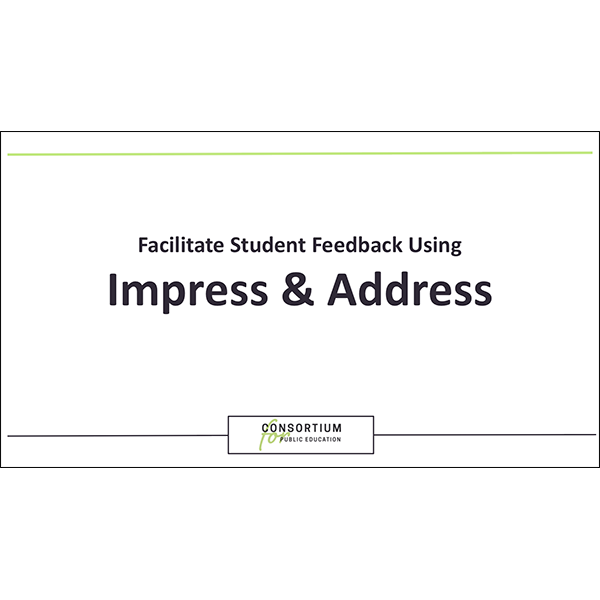
PBL: Impress & Address
A structured method for balanced feedback.
Resource
